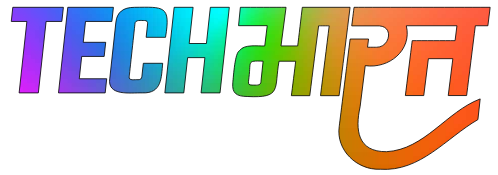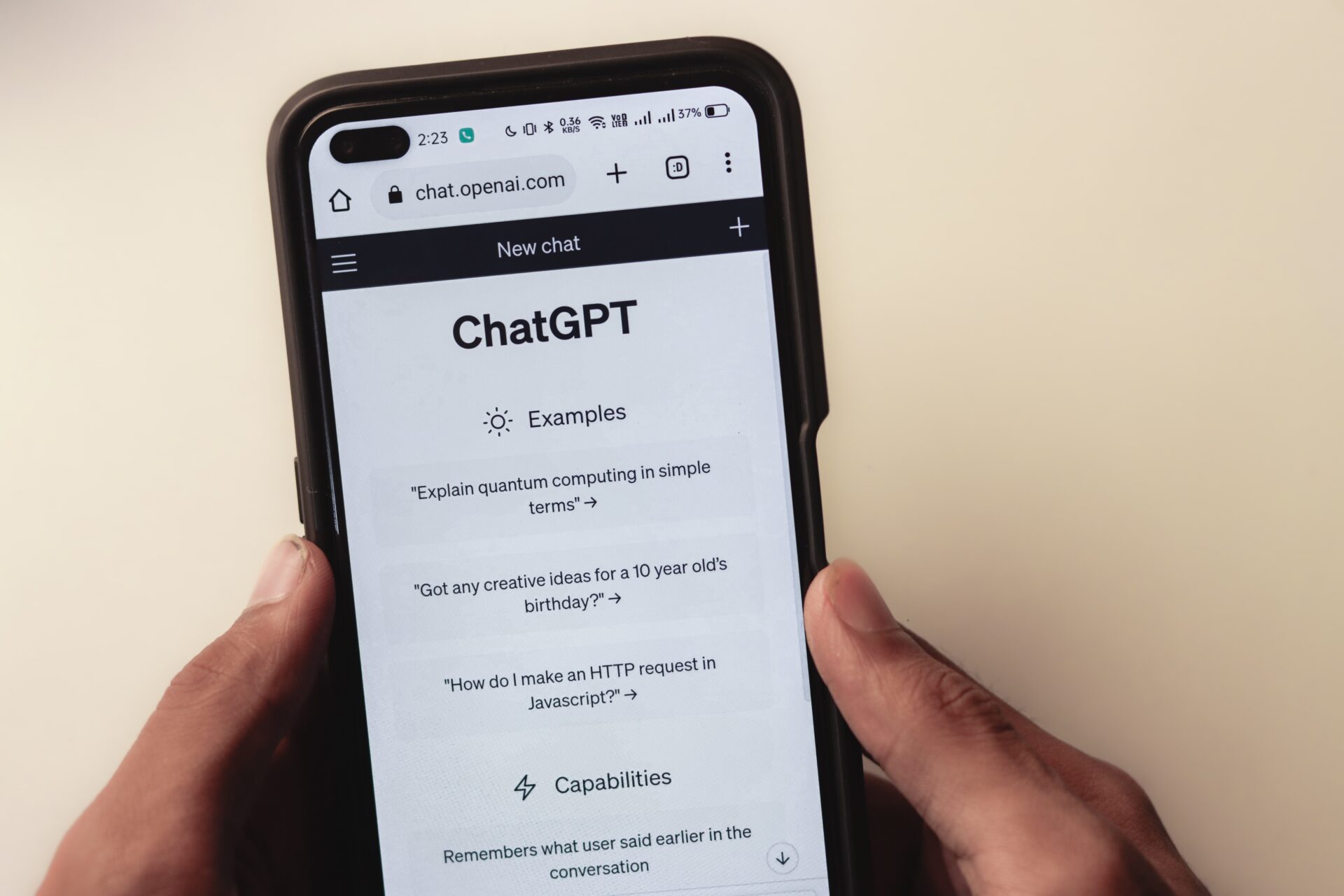Have you ever scrolled through social media and wondered if that stunning image was real or generated by artificial intelligence? Well, the lines might be getting a little clearer soon. OpenAI, the company behind the groundbreaking chatbot ChatGPT, is reportedly testing a new feature that could fundamentally change how we perceive AI-generated visuals: watermarks for images created by free users. This potential move has sent ripples across the tech world, igniting discussions about transparency, authenticity, and the future of digital content. But what exactly does this entail, and what are the implications for everyday internet users? Let’s dive deep into the details.
Unmasking the Initiative: Why Watermarks?
The proliferation of increasingly realistic AI-generated images has raised legitimate concerns about the potential for misuse. From spreading misinformation and creating deepfakes to copyright infringement and artistic integrity, the challenges posed by easily produced synthetic media are becoming more pronounced. Recognizing this growing need for accountability, OpenAI appears to be taking proactive steps.
Sources suggest that the company is exploring the possibility of automatically embedding digital watermarks into images generated by free users of its image generation models. This would act as a visual or embedded identifier, clearly indicating that the image was created by AI. While the exact nature of these watermarks is still under wraps – whether they will be visible overlays or hidden metadata – the intent is clear: to bring a new level of transparency to the world of AI-generated visuals.
Digging into the Details: What We Know So Far
While OpenAI has yet to make an official announcement, whispers and reports from various tech publications indicate that this feature is currently in the testing phase. It’s crucial to understand that the exact implementation details might change before any potential public rollout. However, based on available information, here’s what we can gather:
- Target Audience: The initial reports suggest that this feature might be specifically targeted towards free users of ChatGPT’s image generation capabilities. Paid subscribers might have different options or potentially no watermarks. This could be a strategic move to differentiate between user tiers and potentially encourage subscriptions.
- Type of Watermark: The nature of the watermark remains a key question. A visible watermark, perhaps a small, semi-transparent logo or text, would be immediately apparent to anyone viewing the image. On the other hand, an invisible digital watermark embedded in the image’s metadata would require specialized tools or software to detect. Both approaches have their pros and cons in terms of visibility and tamper-resistance.
- Impact on Image Quality: A critical concern for users is whether the watermark will significantly detract from the aesthetic quality of the generated images. OpenAI will likely strive to implement a solution that is as unobtrusive as possible while still serving its purpose.
- Potential for Circumvention: As with any digital security measure, the possibility of users attempting to remove or circumvent the watermarks exists. The effectiveness of the watermarking system will depend on its robustness and the difficulty involved in its removal.
Why Now? The Driving Forces Behind the Move
Several factors likely contribute to OpenAI’s potential decision to introduce watermarks:
- Combating Misinformation: The rise of sophisticated AI-generated images has made it increasingly difficult to distinguish between real and fake content. Watermarks can serve as a crucial tool in helping users identify AI-generated visuals, potentially mitigating the spread of misinformation.
- Promoting Transparency: By clearly labeling AI-generated content, OpenAI can foster greater transparency about the origins of digital images. This can help build trust and encourage more responsible use of AI technology.
- Addressing Ethical Concerns: The ethical implications of AI-generated media are a subject of ongoing debate. Watermarking can be seen as a step towards addressing these concerns by providing a mechanism for attribution and accountability.
- Potential Regulatory Pressure: As AI technology becomes more pervasive, governments and regulatory bodies are likely to introduce guidelines and regulations surrounding its use. Proactive measures like watermarking could help OpenAI stay ahead of potential regulatory requirements.
The Ripple Effect: Implications for Users and the Digital World
The introduction of watermarks on AI-generated images could have significant implications for various stakeholders:
- Free Users: For individuals who use the free version of ChatGPT to generate images for personal projects, social media, or creative endeavors, the presence of a watermark might be a minor inconvenience or a welcome indicator of the image’s origin.
- Content Creators: Artists and designers might view watermarks as a way to differentiate AI-generated content from their own original work, potentially protecting their intellectual property and artistic integrity.
- Social Media Platforms: Platforms like Facebook, Instagram, and X (formerly Twitter) could potentially use watermark information to label AI-generated content more clearly, helping users make informed decisions about the information they consume.
- News Organizations: The ability to easily identify AI-generated images could be invaluable for news organizations in combating the spread of fake news and ensuring the authenticity of visual content.
- The General Public: Ultimately, watermarks could empower the general public to become more discerning consumers of digital media, fostering a greater understanding of the capabilities and limitations of AI technology.
Expert Opinions and Community Reactions
While official details are scarce, the news of potential watermarks has already sparked discussions within the AI and tech communities. Some experts applaud the move as a necessary step towards responsible AI development and deployment. They believe that transparency is crucial in navigating the evolving landscape of synthetic media.
Others express concerns about the potential limitations of watermarks, particularly if they are easily removable or if the technology is only applied to free users. They argue that a more comprehensive and robust approach might be needed to effectively address the challenges posed by AI-generated content.
User reactions have been mixed. Some appreciate the added layer of transparency, while others worry about the impact on the aesthetic appeal of their creations or the potential for differential treatment between free and paid users.
Looking Ahead: The Future of AI Image Authentication
OpenAI’s potential move to introduce watermarks is just one piece of the puzzle in the ongoing effort to authenticate and identify AI-generated content. Other technologies and initiatives are also emerging in this space, including:
- Content Provenance and Authenticity: Organizations are working on developing standards and technologies that allow for tracking the origin and history of digital content, providing a more comprehensive way to verify authenticity.
- Cryptographic Signatures: Using cryptographic techniques to sign AI-generated content could provide a more secure and tamper-proof method of verification.
- AI Detection Tools: Researchers are continuously developing AI-powered tools that can analyze images and identify patterns indicative of AI generation.
The potential introduction of watermarks for free users of ChatGPT’s image generation capabilities represents a significant step towards addressing the growing concerns surrounding AI-generated content. While the specific details and effectiveness of this measure remain to be seen, it signals a growing recognition within the tech industry of the need for greater transparency and accountability in the age of artificial intelligence.
As AI technology continues to evolve at a rapid pace, initiatives like watermarking will play a crucial role in shaping how we interact with and perceive digital media. It’s a move that could empower users to be more informed, help combat misinformation, and ultimately contribute to a more trustworthy and transparent digital world. The question now remains: when will this feature officially roll out, and what impact will it have on the vast ocean of images we encounter online every day? Only time will tell, but one thing is clear – the way we identify AI-generated images is likely about to change.

